News Desk
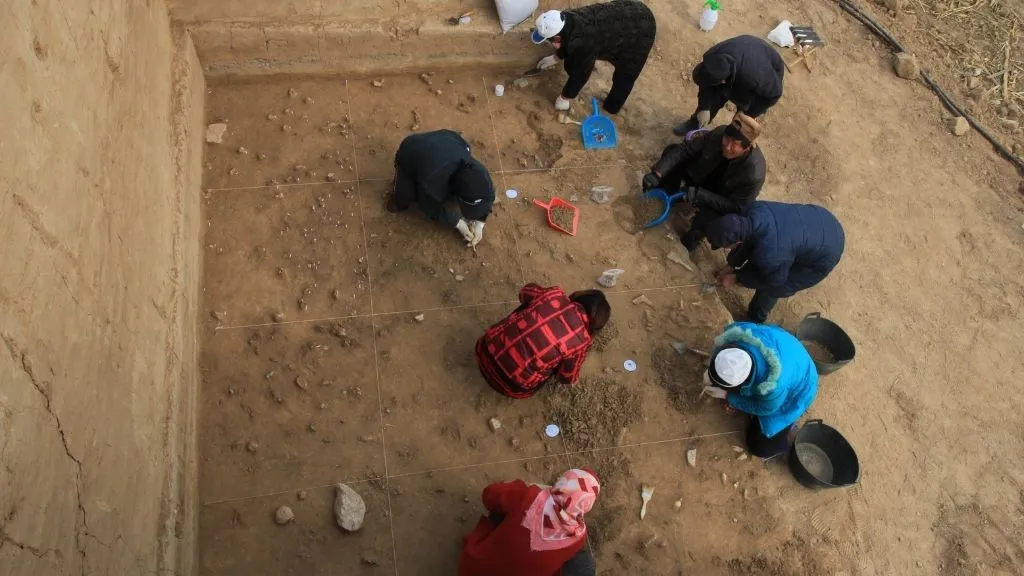
Scientists discovered remnants of an Old Stone Age culture, less than 100 miles (160 kilometers) west of Beijing, where ancient hominins used a reddish pigment called ochre and crafted tiny, blade-like tools from stone. The archaeological site, called Xiamabei, offers a rare glimpse into the life of Homo sapiens and now-extinct human relatives who inhabited the region some 40,000 years ago.
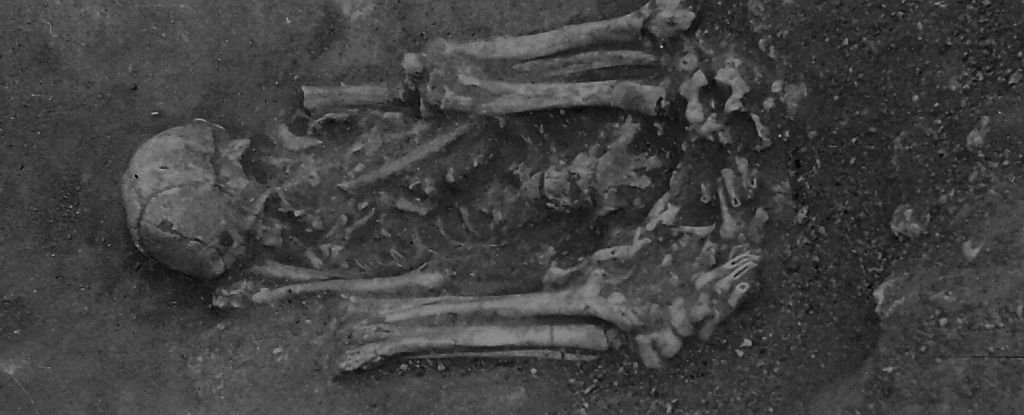
Archaeologists may have just uncovered evidence for the oldest known practice of mummification. Human remains interred 8,000 years ago in the Sado Valley in Portugal, during the Mesolithic, appear to have been deliberately treated for mummification prior to burial.
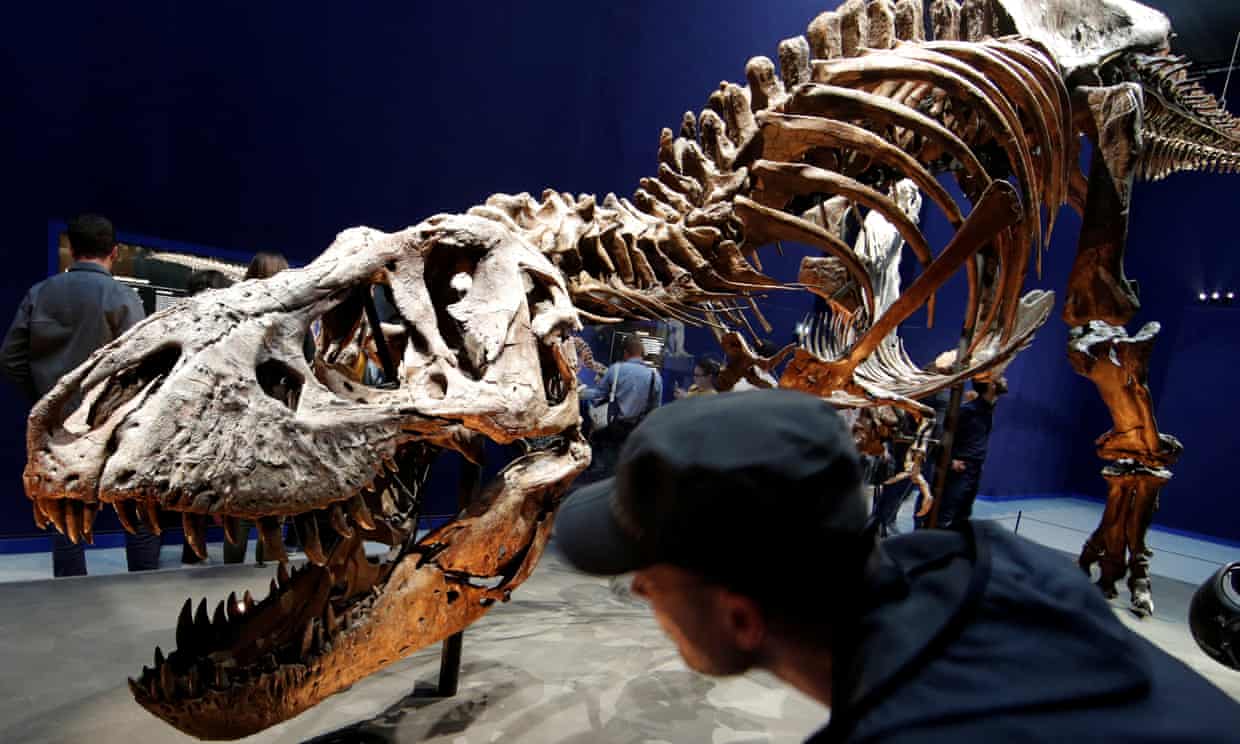
With its immense size, dagger-like teeth and sharp claws, Tyrannosaurus rex was a fearsome predator that once terrorised North America. Now researchers studying its fossils have suggested the beast may not have been the only tyrannosaurus species
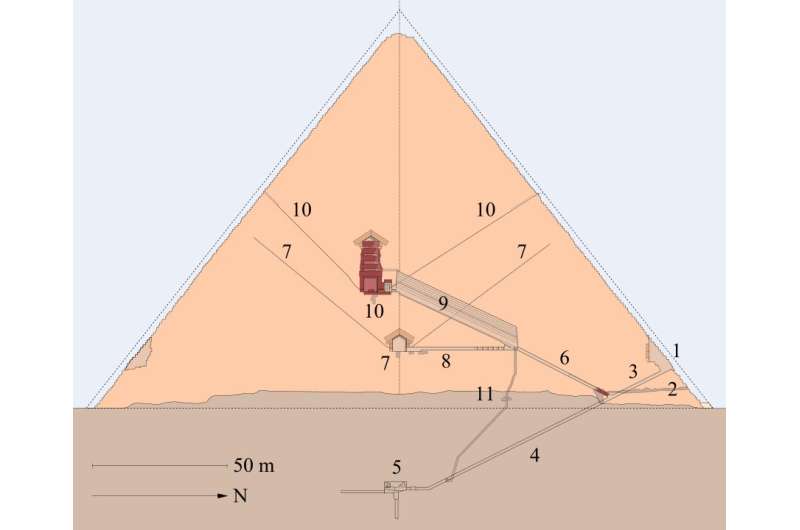
A team of scientists will use advances in High Energy Physics (HIP) to scan the Great Pyramid of Khufu at Giza with cosmic-ray muons. They want to see deeper into the Great Pyramid than ever before and map its internal structure.
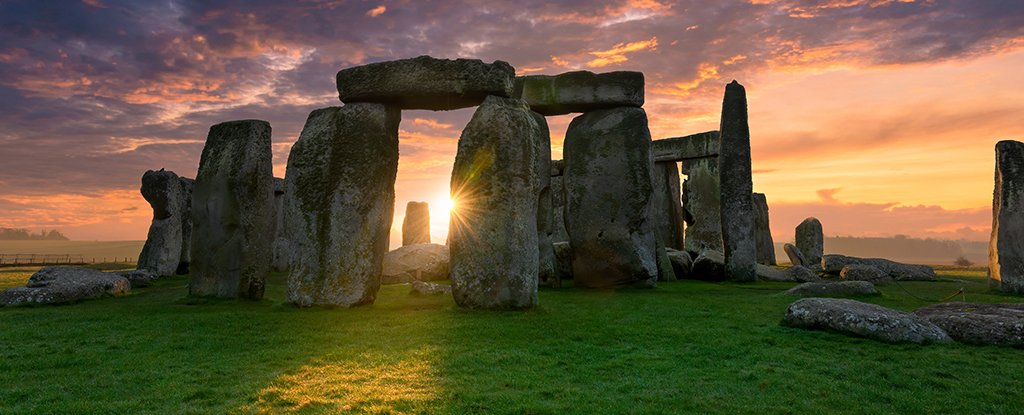
A new study explains how Stonehenge may have originally been used to keep track of a solar year (aka tropical year) of 365 and a quarter days, which has long been suggested by researchers but never fully understood.
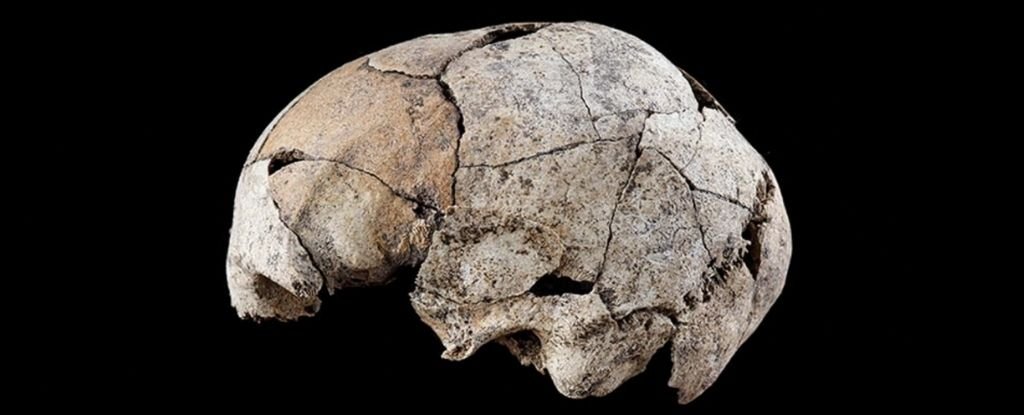
An ancient skull uncovered at a 6,000-year-old megalithic monument in Spain still holds signs of what would have been a brutal ear surgery.

The accidental finding was made when a man suddenly died during a routine brain scan.

New study examines the paradoxical relationships between psychosis, psychotherapy, and psychedelic experiences.
Researchers have created the largest-ever family tree – a genealogical network of human genetic diversity – that is a major step towards mapping the genetic relationships between all humans.

Archaeologists believe they may have found evidence of a 4,000-year-old prehistoric burial mound during the construction of new student flats.

The study of false—sober—insights teaches us to be wary of accepting every realization from psychedelic trips without critical thinking.
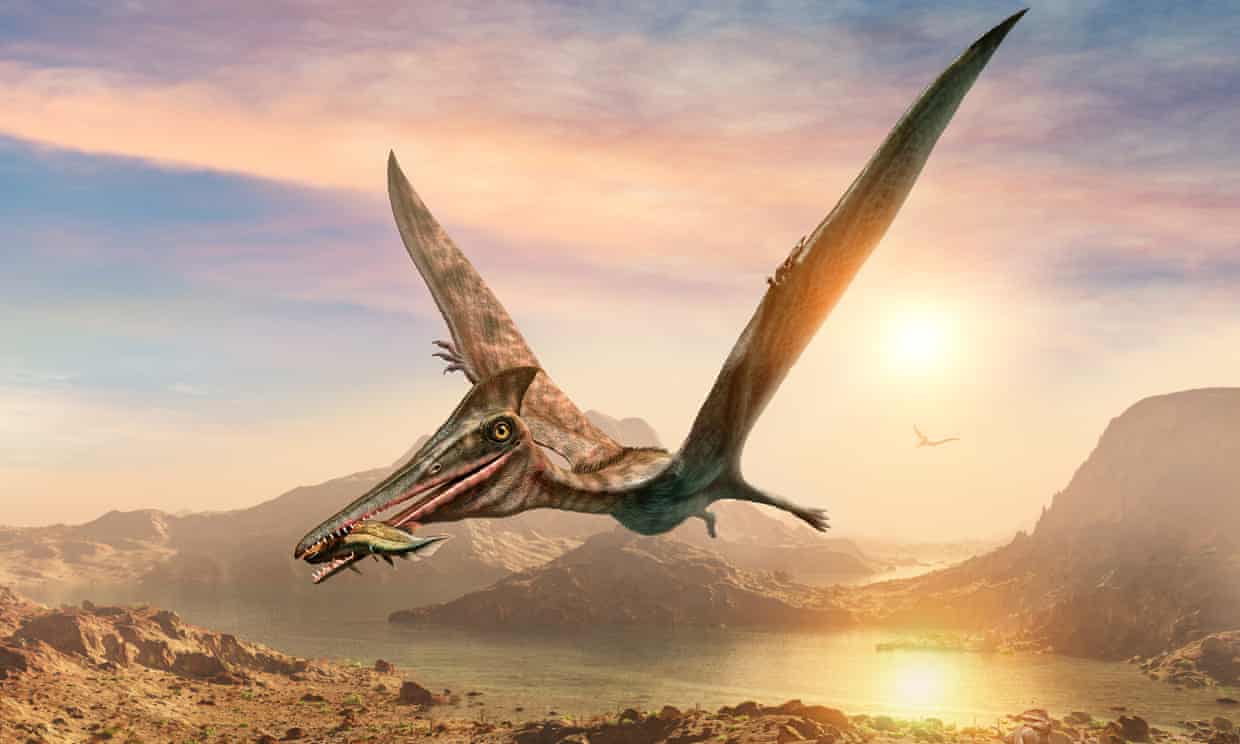
It might be best known today for its otters and puffins but 170m years ago the Isle of Skye was home to an enormous flying reptile with a wingspan bigger than a kingsize bed, researchers have revealed.
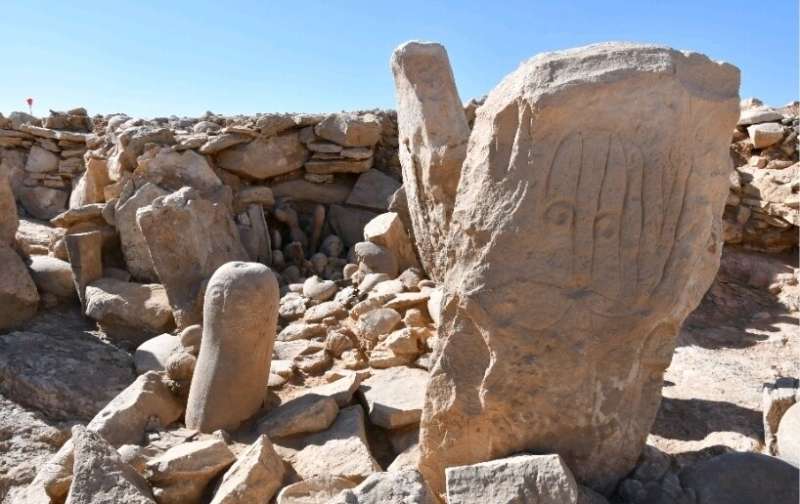
A team of Jordanian and French archaeologists said Tuesday that it had found a roughly 9,000-year-old shrine at a remote Neolithic site in Jordan’s eastern desert.
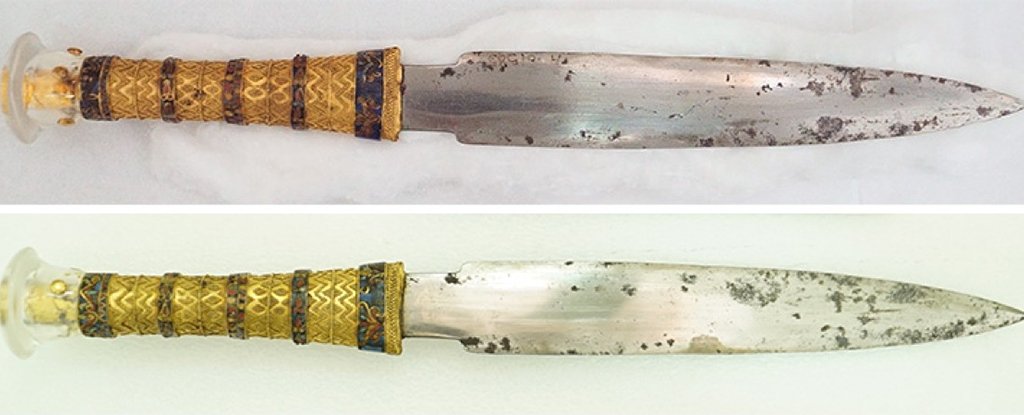
You may already know the legend of King Tutankhamen’s space dagger – an iron weapon forged from the rock of meteorites, and entombed with the ancient Egyptian pharaoh. Now a new study has revealed more details about this most fascinating and mysterious of artifacts
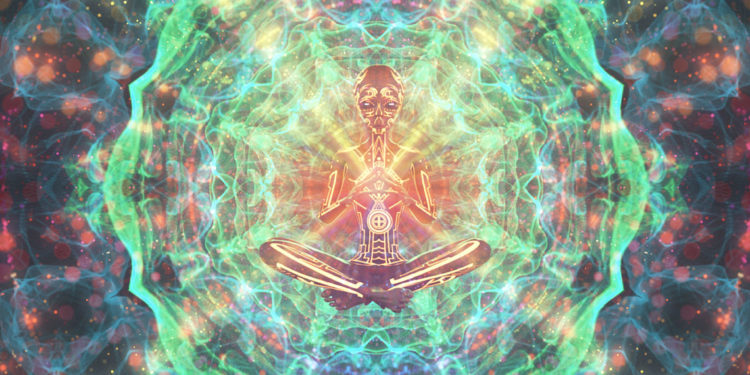
A new study published in Frontiers in Psychology provides an in-depth look at the types of otherworldly experiences that people have when they take a high dose of the psychedelic substance dimethyltryptamine (DMT). The findings provide new insight on the complex dimensions of the DMT experience.
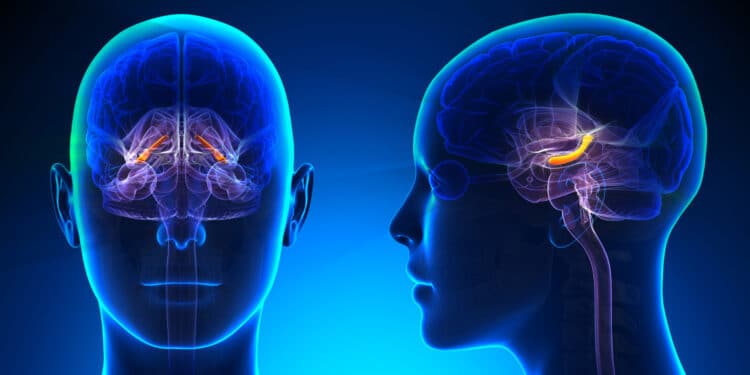
New neuroimaging research sheds light on the brain regions involved in extracting structure from past experiences when making decisions. The study, which appears in Cell Reports, indicates that the hippocampus and orbitofrontal cortex play key roles in this process.








